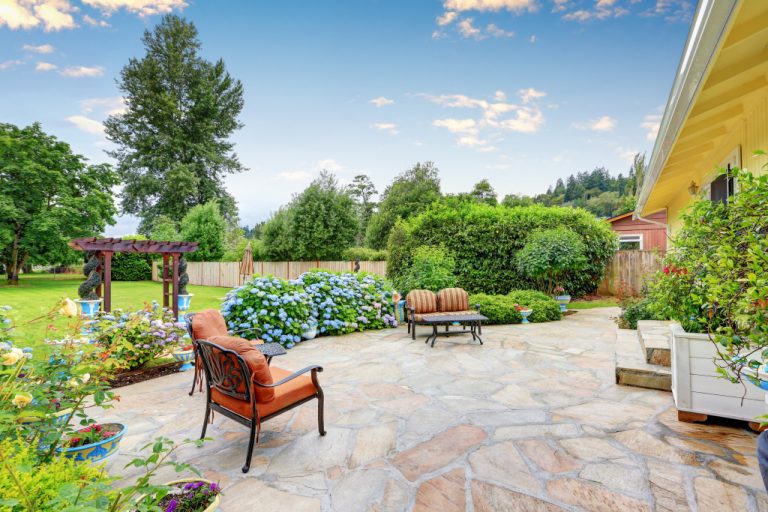Each year, more and more people are spending their time and effort on making changes toward sustainable living. Doing our part to give back to nature is important, and a little goes a long way. Simple practices like reaching for products with sustainable packaging or materials count. With that said, if you haven’t started a sustainable outdoor space on your property, this is an encouragement for you to start now.

Creating a plan
Everything comes out successfully in the end by planning everything in detail. You want your outdoor space to look beautiful and be functional in a way that meets your needs and preference. Since it’s sustainability we’re talking about, you tend to be pickier about what methods and materials to use during the upgrading process.
However big or small changes you want to obtain, planning with an environmentally friendly design will ensure that it’s cohesive enough to meet your standards. Along the way, you also get to figure out how much you’re willing to spend and find more opportunities to do it in an environment-friendly way.
Building with sustainable materials
The products and materials you will use in your outdoor project serve a significant purpose in overall sustainable outdoor living. You can consider concrete pavers since their lifespan can last six to eight decades if properly installed and well maintained.
Other products like reclaimed timber or recycled wood are strong and sustainable, as well as composite materials for fencing. Natural brick, stone, and permeable pavers work well for pathways. Depending on your budget, preference, and design, these pavers will work just fine for a sustainable outdoor space.
Including eco-friendly groundcover grass alternatives
Choosing a groundcover that doesn’t need much water and maintenance is the right move toward sustainable and eco-friendly outdoor living. It can function like natural grass anyway and provide the same look and feel.
Artificial turf is a great and most common natural grass alternative. It’s a long-lasting groundcover that doesn’t need irrigation, no mowing, no aerating, no edging, which means less energy in your home will be used. Artificial grass also doesn’t require pesticides, so it’s good for healthier air quality. It serves much like natural grass, so you can even let your pets use it as their toilet.
If you decide to have a natural grass lawn is not being environmentally responsible since natural grass consumes tens of thousands of gallons of water yearly. Also, you need equipment powered by electricity or gas to maintain it.
Opting for sustainable furniture
To furnish your eco-friendly outdoor space, look into brands dedicated to environmental practices—using reclaimed wood or recycled plastic. Materials like eucalyptus and acacia hardwood are more examples of eco-friendly materials for your furniture. They are also low-maintenance and long-lasting.
If you’re on a budget, you can reach out to thrift shops and used items wherein they use eco-friendly fabrics and refinish furniture.
Choosing energy-saving outdoor lighting
After picking out your outdoor furniture, you also want to look into lighting that doesn’t need much electricity to light up your outdoor area the way you want to. Lighting is essential to any room depending on its purpose and provides a certain vibe to your space. It also promotes safety and lets you properly accentuate your outdoor area’s favorite elements.
While it’s one of the essential elements in outdoor living, it’s easy to make choices on it. Simply avoiding halogen lights is a way to start and look into solar or LED lights.
Not only do solar lights need no electricity, but it’s portable that you can place them anywhere where they will get sun. This way, you can use them by the time it gets dark. However, they do require some maintenance, but it’s definitely inexpensive.
LED lights can be a good contribution to your landscape design. While they require electricity, they require much less than halogen lights, which makes them a sustainable option other than solar lights. They are also long-lasting and can provide you with consistent and versatile lighting. You can use them through your plants, fences, ceilings, and more areas where you need lighting.
Eco-friendly lights have their own pros and cons, so it’s always best to learn more about that before making your final decision on your outdoor lighting.
This is to encourage you to start creating spaces on your own that will allow you to spend time outdoors and enjoy nature. You don’t have to make a significant change right away, but you can do it little by little, so it doesn’t overwhelm you. Switching to a more sustainable lifestyle is supposed to provide you with a beneficial and environmental impact on your overall wellness.

